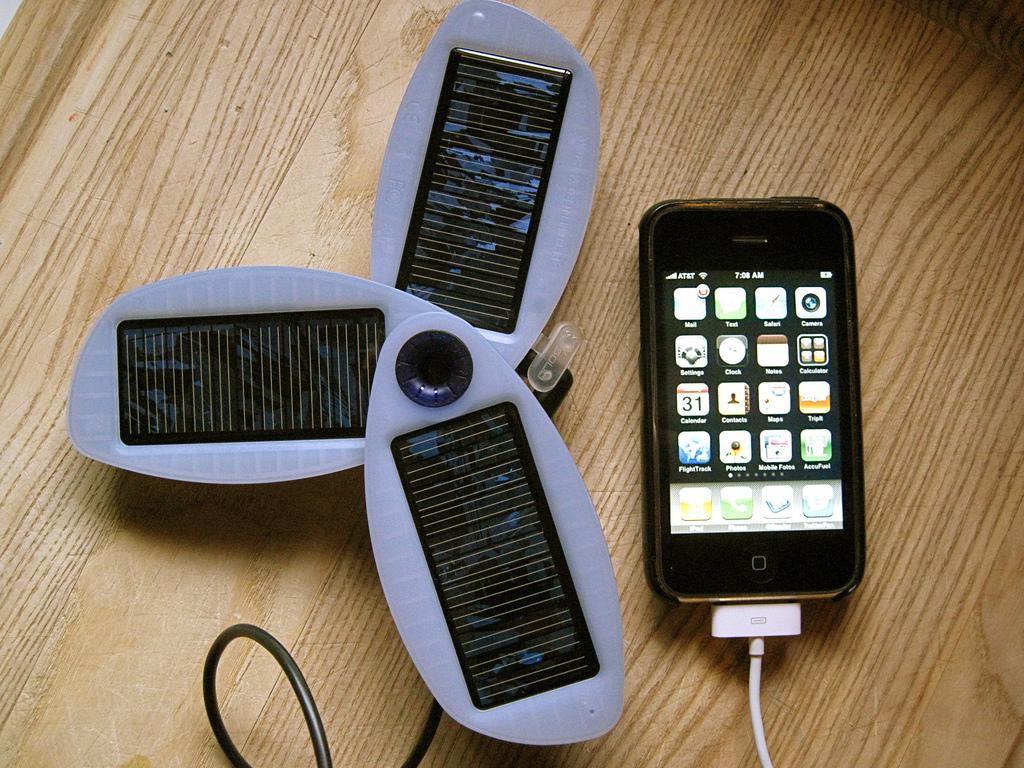Places that may have previously been seen as an unlikely power source are now possible with the advent of smarter solar.
The future of solar energy will no longer be confined to rooftops or vast flat landscapes- it may just be popping up in some very unexpected places.
As solar is made transparent, smaller and sticky in new ways by researchers, there aren’t that many places solar can’t be installed, making clean power accessible for everyone.
According to recent reports, the capacity of solar photovoltaic panels is expanding widely and is expected to triple in the next decade.
Here are some exciting and non-conventional locations for solar that will add to this growth.
Clothing and wearable solar
In the future you could possibly wear your own portable phone-charger, to save the hunt for power when on the go. Watches powered by solar have been around for years, and now companies are vastly expanding their range of solar products.
Pauline van Dongen, a dutch designer, has introduced a new member to the Wearable Solar family- a parka.
The parka features a solar pocket which van Dongen says can charge a smartphone with just two hours.
The parka is currently the first and only of its kind, however there are also solar backpack options available.
Old golf courses
A decrease in golf popularity has resulted in many golf courses closing, and while this isn’t great news for the sport, it is an open real estate opportunity for solar developers in highly populated areas, like Japan.
Japan has planned at least four solar plants to be installed on abandoned gold courses.
Kyocera, a solar system maker based in Kyoto, said “solar can provide a particularly productive and environmentally friendly use for defunct golf courses,”, making note of the efficiency of high sun exposure, small amounts of tree shade and large land mass.
Pathways and roads
The SolaRoad project in Amsterdam covers an 100 metre bike path that features embedded solar cells encased in a two-layered protective glass.
Bikers and health enthusiasts make use of this long stretch of road on a daily basis.
It left a lasting impression on its developers after generating an astounding 3,000 kilowatt hours of energy in just six months, which is sure to attract attention of other solar manufacturers.
Although the amount is small in terms of energy consumption, but it’s more than expected and signals a promising future for other applications.
Energy can also be generated by footsteps on pavement. This concept is called piezoelectricity, and it involves rubber tiles that are designed to collect kinetic energy that is created by pedestrians on a walkway.
This has been tested on France sidewalks, a Sydney shopping centre and in nightclubs.
The water
In addition to its other qualities, solar panels can also float.
A treatment plant in southern Australia and a reservoir just east of Tokyo in Japan has solar installations floating on top.
The Japanese plant is said to be completed by March 2016, and is expected to produce enough energy to provide almost 5,000 households with power.
The panels are designed so they can withstand corrosion, and they underwent high wind condition simulation tests.
Landfills and brownfields
Renewable energy powerhouses can potentially be held at sites that previously held toxic waste of garbage.
For example, Bridgeport in Connecticut has a plan to install 9,000 solar panels on an abandoned landfill, which will create 2.2 megawatts of electric capacity.
A solar farm with the power to run 170 homes, in New Jersey, is located on a brownfield that was also home to a gas plant.
Phones and windows
The most exciting new development of solar power might not ever be seen.
New materials have been uncovered that promise to capture the power of the sun while being transparent, making them ideal to use on clear surfaces such as windows, phones and other electronic devices.
Earlier this year, Ubiquitous Energy (a transparent solar start-up) chief executive and co-founder Miles Barr, said: “You can let your imagination run wild. We see this eventually going virtually everywhere.”
Photo courtesy of Alan Levine



